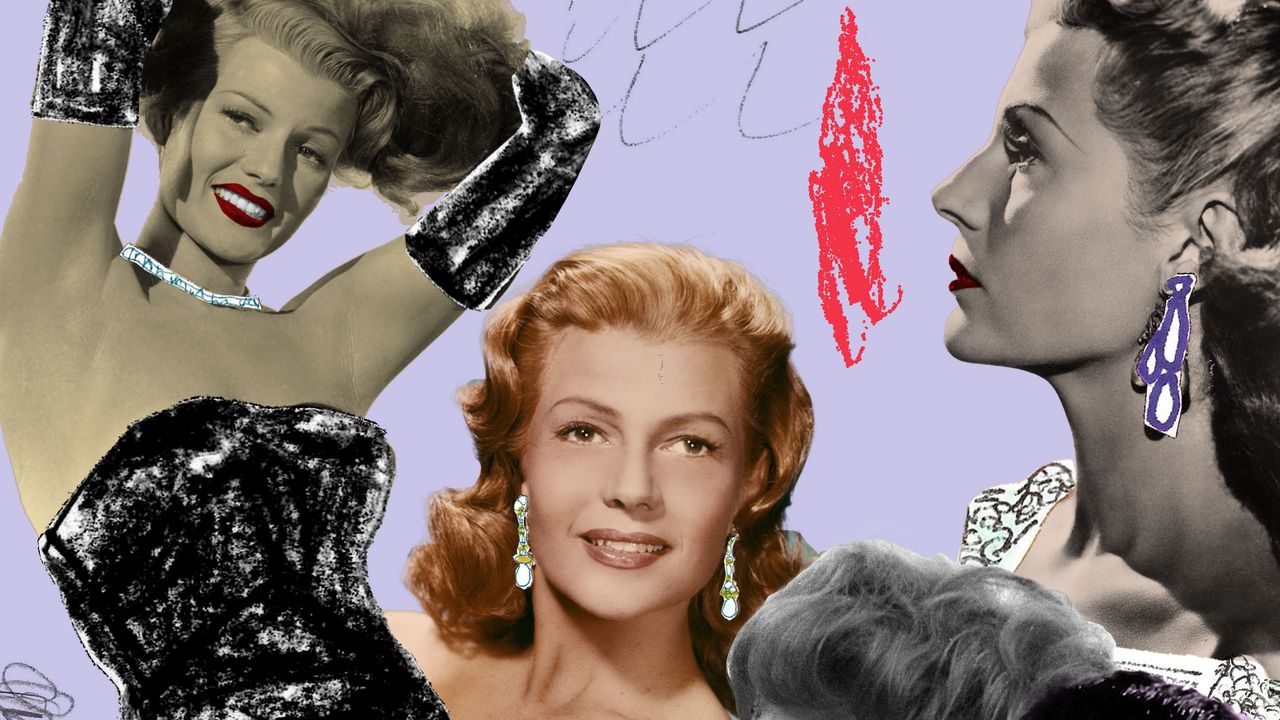It was supposed to be Rita Hayworth’s epic return to the silver screen. Instead, the Hollywood icon’s role in the 1972 Western The Wrath of God becam
It was supposed to be Rita Hayworth’s epic return to the silver screen. Instead, the Hollywood icon’s role in the 1972 Western The Wrath of God became the last moviegoers ever saw of her. As she faded away in the years that followed, a heart-wrenching disease would come into greater focus. Hayworth herself would not be spared from the worst of it, but countless others around the world would be helped by her story. It’s a bittersweet legacy, but one that continues to this day.
Hayworth had developed early onset Alzheimer’s, which began manifesting when she was only in her 40s. It robbed Hollywood of one of its most brilliant golden age stars well before her time, but the diagnosis and her family’s decision to go public with her condition helped raise awareness about the pathology of Alzheimer’s disease at a time when not even doctors knew much about it.
“I think it helped the world,” says Princess Yasmin Aga Khan, the daughter of Hayworth and Prince Aly Khan, who were married from 1949 to 1953. “It helped people in general. I’m still frustrated though, because people don’t want to talk about it still.” As the honorary vice chair of the Alzheimer’s Association, Khan has dedicated her life to helping patients and their families contend with the disease. The annual Rita Hayworth Gala, she says, has raised in the neighborhood of $90 million for medical research and patient support over its 40-year history. But it was too slow for Hayworth herself: She had no idea what was happening as her mind began to deteriorate when she was still in her prime.
Born Margarita Carmen Cansino, Rita Hayworth was the daughter of a Spanish father and an American mother of Irish descent, both of them dancers. As soon as she could walk, she was taught to dance, and was performing professionally with her family by the age of 12. “She first gained the attention of motion picture producers when she was featured with her father in the floor show at the famous Agua Caliente Hotel,” The Sunday Star of Washington, DC, reported in a 1939 profile. She left that Tijuana resort for Los Angeles when she was 16, and was probably joyful to go. In the 1989 biography If This Was Happiness, Barbara Leaming wrote that Hayworth had been abused by her father.
Hayworth ended up in the clutches of another domineering figure. The imperious Harry Cohn, who ran Columbia Pictures, signed her as a contract player and controlled and manipulated much of her career. Cohn worked with Edward Judson, a salesman turned pseudo-manager, to shape Hayworth into a screen performer. Judson took his involvement in her life even further, and the two developed a romantic relationship, despite the objections of her family. “Eduardo protested loudly that Judson was as old as he himself, her own father,” veteran Associated Press journalist Bob Thomas recounted in his 1967 biography King Cohn. “But Margarita was unconcerned. She was intrigued with the balding, round-faced Judson and his talk of how she could become a big star.” They married in May 1937, when she was 18 and he was 40.
She appeared in a flurry of movies over the next several years. She has been credited under the name Rita Cansino for some time, then Americanizing it to Hayworth. In 1939, director Howard Hawks cast her as Judy, the former lover of Cary Grant’s character in the South American romantic drama Only Angels Have Wings.
Hawks reportedly advised the studio chief to keep Hayworth under wraps so audiences would be caught off guard by her stunning screen presence. She was so attractive and so charismatic that he considered just the sight of her a spoiler. “If you’re smart, you won’t do anything with her until the picture comes out,” Hawks said. “No other movies, no publicity, nothing. Then you’ll know what you’ve got.” As it turned out, Cohn had a bona fide star. Hawks was right. Hayworth stole her scenes in the drama, and was groomed to be a leading lady. Her biggest star-making moment came at 22, when she was paired with Fred Astaire in 1941’s You’ll Never Get Rich, as two Broadway dancers who fall in love. It was such a crowd-pleaser that Cohn ordered up another film, 1942’s You Were Never Lovelier, to keep the duo dancing and the box office cash flowing.
That movie remains one of her daughter’s favorite films. It came out seven years before she was born, but when Khan wants to remember her mother as she once was, separate from the fragile figure she cared for until her death in 1987, she watches that one. “There’s my mom. You Were Never Lovelier—light as a feather,” Khan says. “She was amazing, beautiful. She was like a diamond in the sky.”

COMMENTS